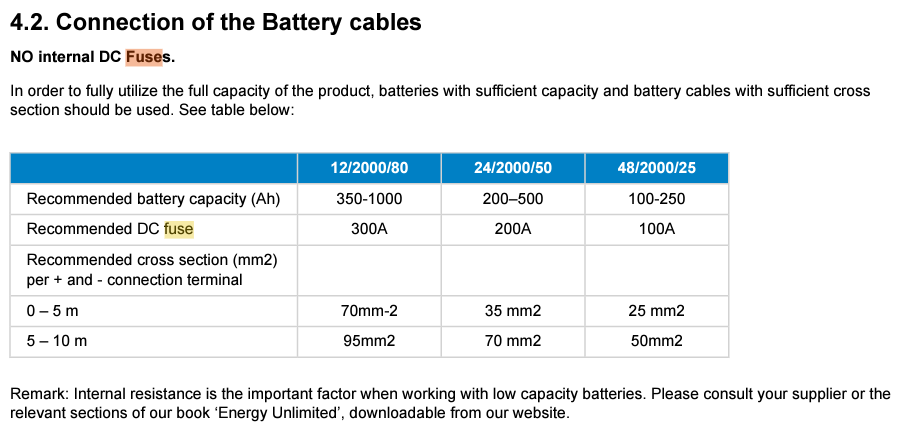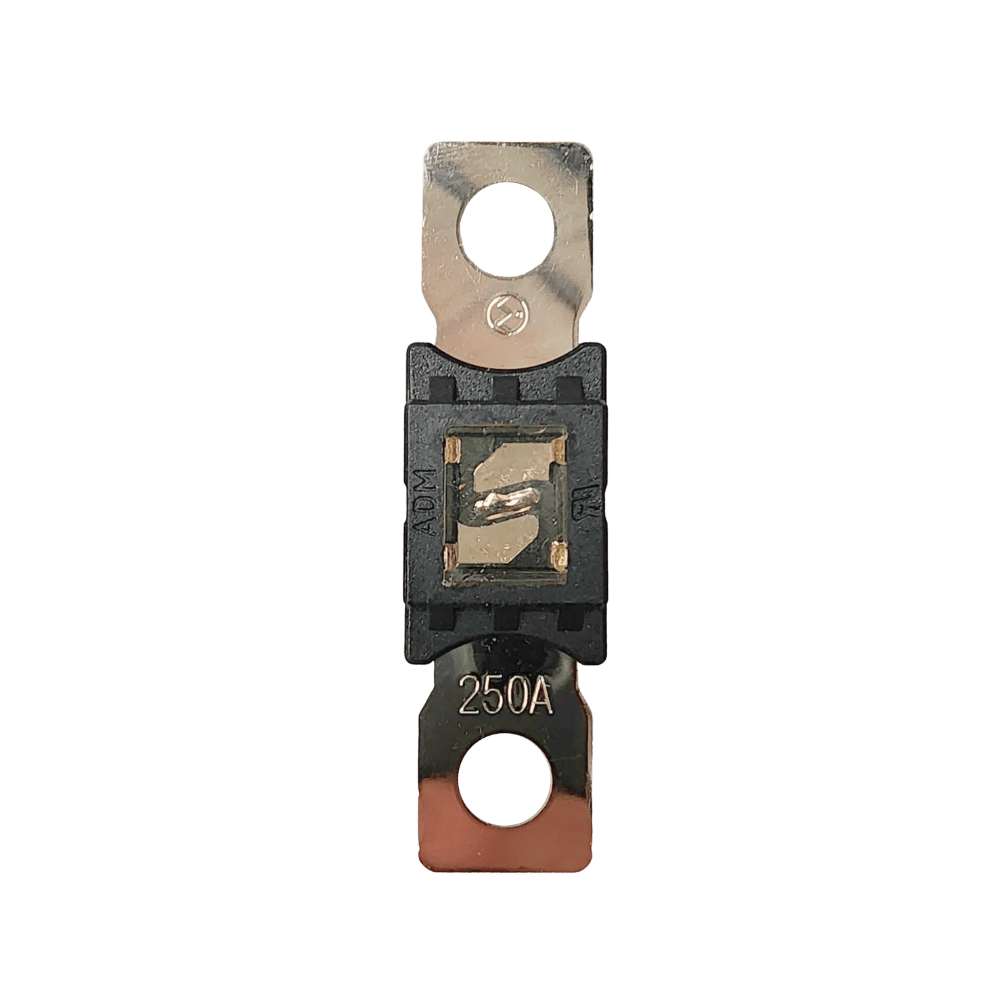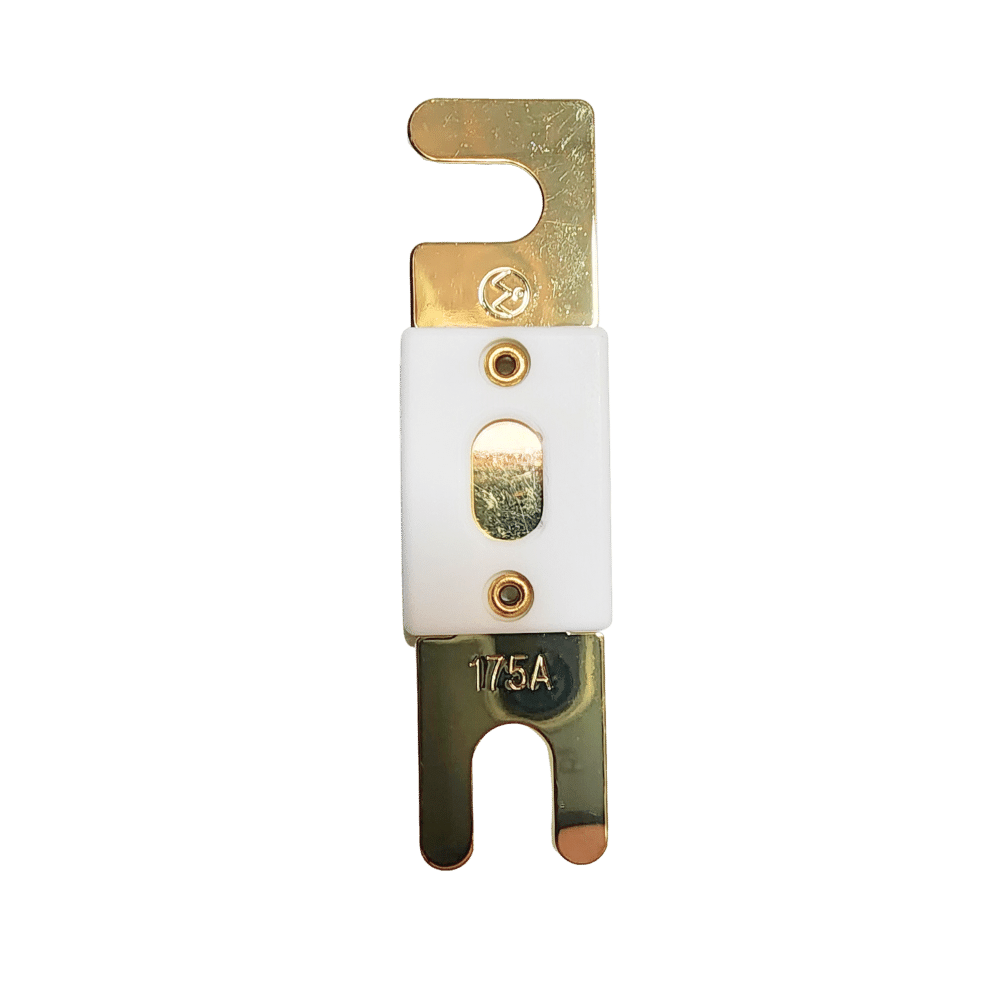How to Determine the Correct Fuse for Your Inverter
Author: Solar 4 RVs
Choosing the Right Fuse Size & Type for Your Inverter: A Comprehensive Guide
Selecting the appropriate fuse size for your inverter is a critical step in ensuring the safety and efficiency of your electrical system. This guide provides a step-by-step process to help you make the right choice.
 Step 1: Consult the Manufacturer's Documentation
Step 1: Consult the Manufacturer's Documentation
Start by referring to the manufacturer's documentation. It should list the recommended fuse size. If a range is given or it's not listed, continue reading this guide.
Step 2: Understand Your Inverter's Power Rating
Understanding your inverter's power rating is crucial. This rating is usually expressed in Watts (W) or Volt-Amps (VA) and can be found in the inverter's specifications or nameplate. If the rating is listed in VA, use this for your calculations instead of Watts. The power rating of the inverter should match the power requirements of the devices you plan to run.
Step 3: Determine Your System's Voltage
The voltage of your system is another key factor in determining the correct fuse size. Common system voltages include 12V, 24V, or 48V. This information is typically provided in the specifications of your battery or power source. If using 48V, rule out and fuses which have a voltage rating of less than this.
Step 4: Calculate the Current
With the power rating of your inverter and the voltage of your system, you can calculate the current. The formula is Power (W) = Voltage (V) x Current (A). Rearranging this formula gives Current (A) = Power (W) / Voltage (V). This will give you the current in amps (A). For example:
- For a 2000W inverter powered by a 12V battery: Current = 2000W / 12V, which gives a Current = 166.7A
- For a 5000VA inverter powered by a 48V battery: Current = 5000VA / 48V, which gives a Current = 104.2A
Step 5: Choose the Correct Fuse Size
As a rule of thumb, the fuse size should be 125% to 175% of the calculated current. This allows for a margin of safety. For example, if your calculated current is 166.7 A, the fuse size should be between 208A and 291A. Some inverters may require a larger fuse size, especially if they allow for overload for some length of time or have large peak currents. In these cases, a current rating of 250A fuse for the 2000W inverter would be suitable. Often, a slightly larger size is preferred to avoid nuisance tripping.
A, the fuse size should be between 208A and 291A. Some inverters may require a larger fuse size, especially if they allow for overload for some length of time or have large peak currents. In these cases, a current rating of 250A fuse for the 2000W inverter would be suitable. Often, a slightly larger size is preferred to avoid nuisance tripping.
Step 6: Ensure the Cable is Rated for the Current Draw
The cable must be rated for the current draw of the inverter. Otherwise, it can lead to excessive voltage drop, heat, and may not adequately cause the fuse to trip quickly enough in the case of a short-circuit. Cable sizing is beyond the scope of this guide, but you can refer to cable load tables supplied by many cable manufacturers. For instance, a 2000W inverter might use a 50mm2 welding cable, rated for approximately 250A continuous. If the inverter is adjacent to the batteries, the voltage drop should be negligible. However, if the distance is large, the cable size should be increased to compensate. Please check our Ultimate DC Cable Sizing & System Calculator to find the appropriate cable size.
Step 7: Select the Appropriate Type of Fuse
There are different types of fuses available, such as Midi fuses, Mega fuses, and ANL fuses. If the fuse is to be installed directly between the battery and inverter, it is always recommended to install a Mega or ANL fuse as these can handle higher short-circuit currents. For very large lithium battery banks, an ANL fuse would be preferred due to its higher short circuit breaking capabilities and low voltage drop. However, in most cases, the Mega fuse is more than adequate for most systems in caravans, RVs, marine, and off-grid installations. Therefore, for the 2000W inverter case, we would select a 250A Mega Fuse. For the 5000VA inverter, assuming it is powered by a very large lithium battery bank, we would use a 175A ANL fuse.
always recommended to install a Mega or ANL fuse as these can handle higher short-circuit currents. For very large lithium battery banks, an ANL fuse would be preferred due to its higher short circuit breaking capabilities and low voltage drop. However, in most cases, the Mega fuse is more than adequate for most systems in caravans, RVs, marine, and off-grid installations. Therefore, for the 2000W inverter case, we would select a 250A Mega Fuse. For the 5000VA inverter, assuming it is powered by a very large lithium battery bank, we would use a 175A ANL fuse.
Please note the Victron MultiPlus 48/5000 at the time of writing specifies a 200A fuse is to be used which is why it is important to always check the manufacturer's documentation as the first point of reference.
Take the Next Step
Now that you know how to determine the correct fuse size for your inverter, it's time to take the next step. Check out our extensive range of high-quality fuses at Solar4RVs. Whether you need Midi fuses, Mega fuses, or ANL fuses, we have the right product to meet your needs. Visit our fuses page to explore our offerings and ensure the safety and efficiency of your electrical system today.





























